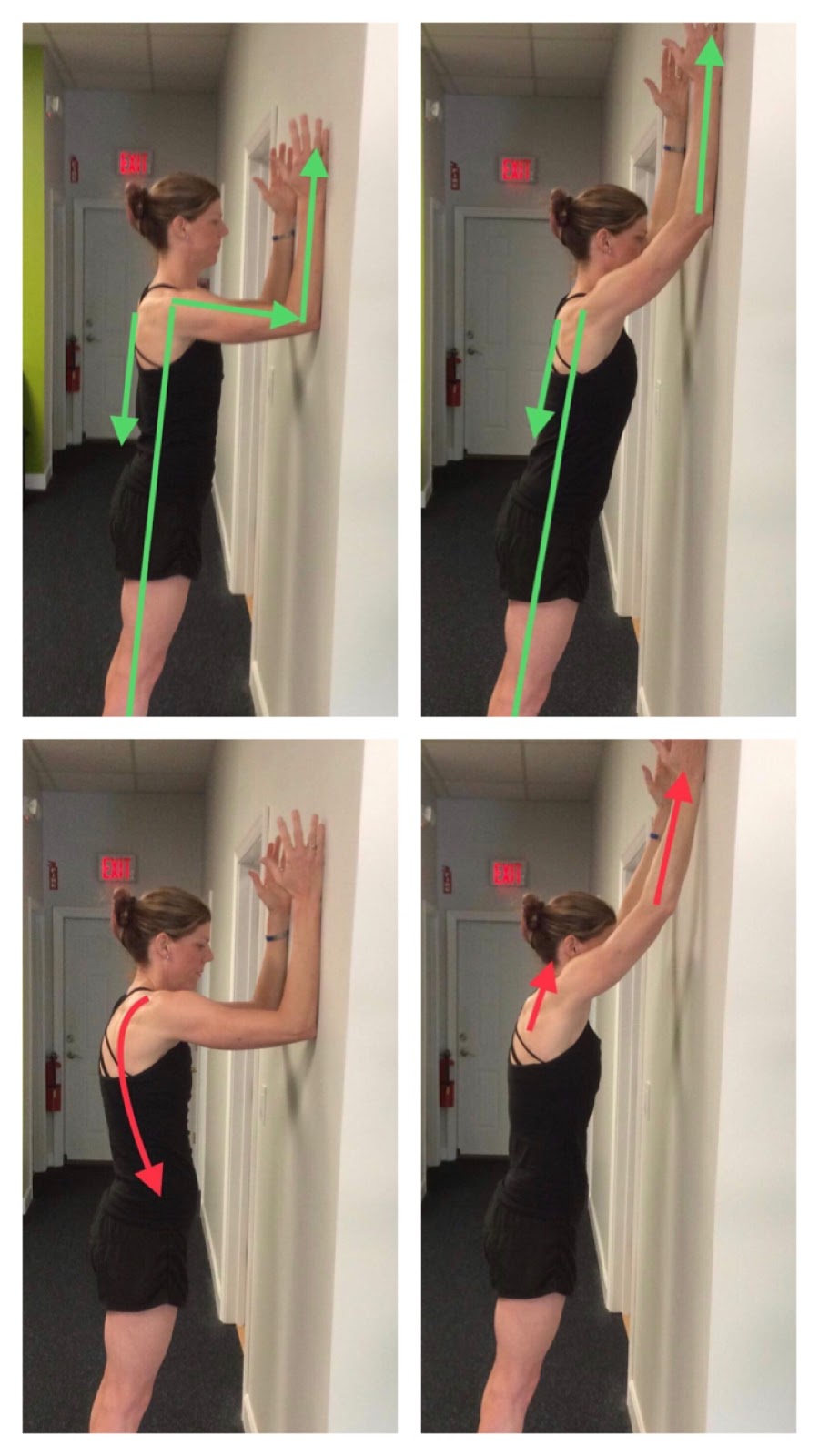HOPKINTON, MA — On June 15, I participated once again in the Massachusetts Breast Cancer Coalition’s Against the Tide 1-mile open water swim at Hopkinton State Park.
I have to admit that as I write this article, I am bewildered by how few of my fellow masters swimmers opt to participate in this race. I always thought MBCC ran a good event. After helping them with some suggestions over the years, I now think they run a GREAT event. Here are just a few things that make this race worthwhile:
Al Prescott is recognized by MBCC for his efforts in helping the race director.
They offer a competitive 1-mile race, one loop around an island, that is the SAME distance every year.
They offer a completely separate non-competitive race for beginners and folks who just want to take it easy or try it out.
You get free access to the Hopkinton State Park and can stay all day.
They have free HOT breakfast for EVERYONE.
They offer events for the whole family including running races, a paddle board race, a kayak race, and more.
I got a free 15-minute massage after the race.
Your entry fee helps support research and prevention of a deadly disease.
“If you are looking for a good early—but not too early—season event, come to Hopkinton next year and try to knock me out of the Top 10. Win or lose, I’ll meet you for a hot egg and cheese sandwich after the race.”
Al Prescott, Jocelyn Noakes, and Frank Reinhold celebrate their efforts in the 1-mile swim
Despite this, the race director has confided in me confusion. Years ago, it was normal to get 60 to 100 people in the swim race. Now the numbers are in the 30s. While I plan to do this race into the foreseeable future, that future looks murky. I'm not sure what more the race director can do to promote this race, and I have promised to help them brainstorm.
In the meantime, let me try this: I have won my age group and finished in the top 10 each time I have done this race. This year, I challenged one of my teammates to compete with me. She beat me and won her age group. So to the rest of New England: if you are looking for a good early—but not too early—season event, come to Hopkinton next year and try to knock me out of the Top 10. Win or lose, I'll meet you for a hot egg and cheese sandwich after the race.
- “Big” Al Prescott, NEM-MAMA, NELMSC Treasurer
MBCC will host their second event of the summer, Against the Tide - Brewster, on August 17 at Nickerson State Park.











